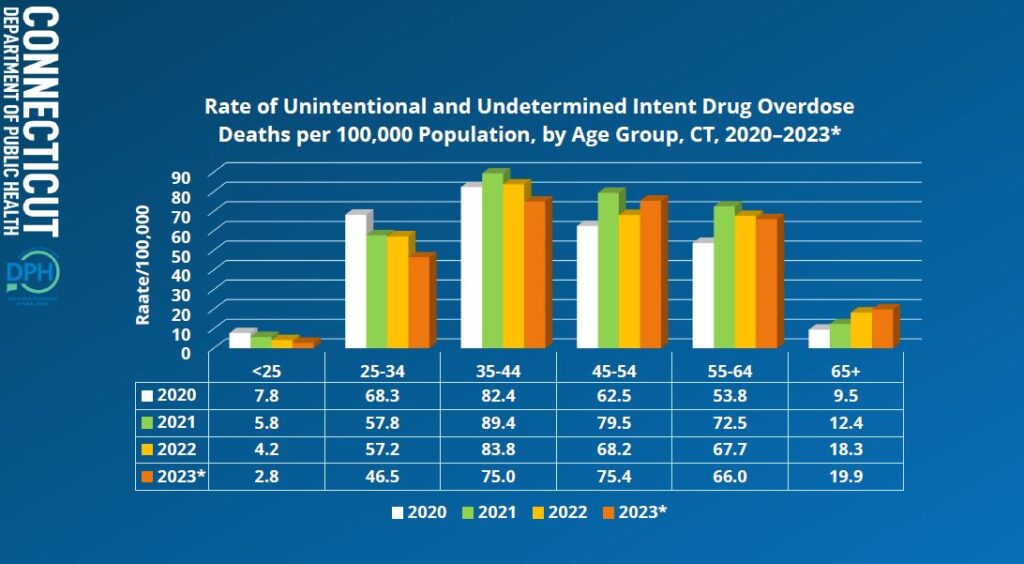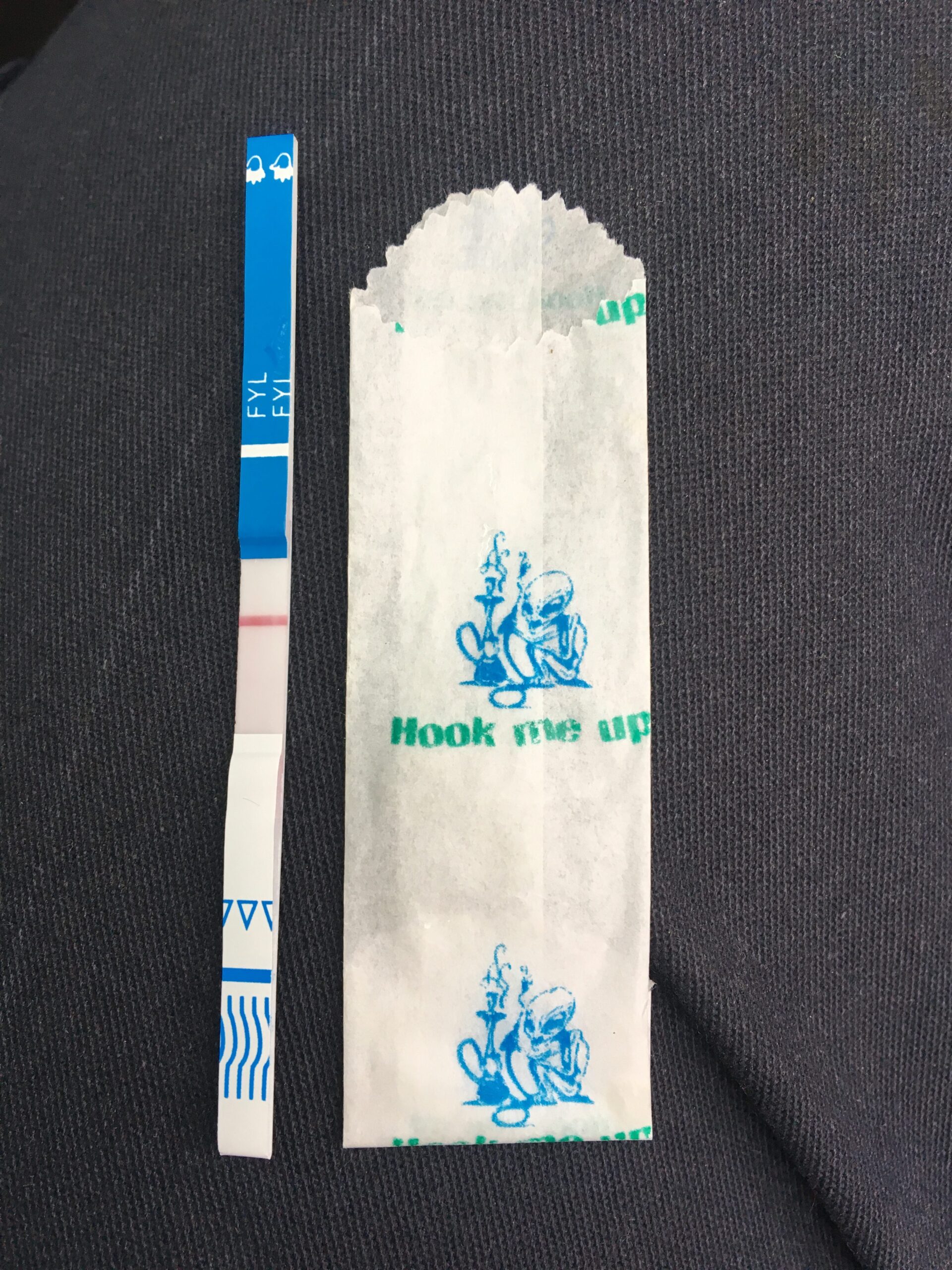We are called for an unresponsive in the lobby of an elderly housing complex. The patient, a white-haired woman in a wheelchair, leans forward, drooling, and possibly not breathing. In ordinary times, I would on first glance guess the patient may have had a stroke, a cardiac arrhythmia, or a hypoglycemic episode, but now once I confirm a pulse, and witness an agonal breath, I check the patient’s pupils. Pinpoint. I am no longer surprised by this not uncommon finding. While my partner confirms a low 02 saturation (77%) and a high End Tidal (95) I have already tossed an ambu-bag to a firefighter first responder to begin bagging the patient, and I have my IV and med kit out. A quick IV in the hand, and the administration of 0.1 mg of Naloxone X 2, and now the ETCO2 drops to 45, the SAT soon comes up to 99 and the patient opens her eyes and lifts her head, surprised to find herself surrounded by EMS and Fire. In the folds of her sweater we find a glassine envelope branded “Hook Me Up.”
It was a good thing she was in the lobby and not up alone in her apartment on the 17th floor. I have called the time on a number of her neighbors in this building, some of them victims of overdose. On the way to the hospital this 70-year-old tells me the fentanyl helps when her back pain flares up and a bag of fentanyl is the same price as two Advil at the local bodega, and the delivery is quicker.
While the news often focuses on the dangers of fentanyl to youth, what I see on the street and what the data shows is that the group that is seeing the biggest increase in overdoses is the elderly.
National data from the CDC’s State Unintentional Drug Overdose Reporting System (SUDORS) data base shows that between 2020 and 2022, the percent of people over 65 who died of overdose increased from 8.6% of all overdoses to 11.1%. In Connecticut the increase was from 8.4% to 14.2%. Connecticut data from its state health department shows the rate of drug overdose death in those 65 and over doubled from 9.5 per 100,000 population to 19.9 per 100,000. During this same period overdose deaths in those under 25 significantly decreased from 7.8 per 100,000 to 2.8 per 100,000. SUDORS national data showed deaths in those under 25 decreased from 14.6% of all overdoses in 2020 to 12.7%. In Connecticut overdoses in those under 25 decreased from 12.3% of all overdoses in 2020 to just 6% in 2022.

EMS in Connecticut is required by regulation to call the Poison Control Center to report all suspected opioid overdoses they respond to. Since June of 2019, over 20,000 overdoses have been reported. The data has some limitations
- It does not Include overdoses where 911 was not called.
- It does not include overdoses where 911 was called and EMS failed to report the overdose (We estimate compliance between 50 and 70% percent),
- It underestimates fatal overdoses because EMS when confronted with a dead body is often unable to determine the cause of death without witnesses or obvious paraphernalia on scene.
A review of the SWORD data shows the percentage of overdoses (fatal and nonfatal) among those 65 and over increased from 4.2% in 2020 to 8.6% in 2022, while those 24 and under decreased from 7.9% in 2020 to 4.1%.
What does this all mean? While overdose prevention targeted at youth is important, and may be showing results, we need to make certain that overdose prevention efforts are also targeted at those 65 and over. Those efforts should include naloxone distribution, harm reduction information, and access to medication assisted therapy.
Why are overdoses increasing among those 65 and over? That needs to be further investigated. I could speculate that isolation may make seniors more likely to use alone than younger people and therefore have fewer people to spot the overdose, which are more random due to the increasing prevalence of fentanyl and the inability of people to accurately judge their dose. It could be the increasing polysubstance abuse with stimulants joining opioids may provide more cardiovascular stress on the elderly. It could also be the people who have been used drugs during their earlier years are now aging into senior citizen status.
Whatever the reason, attention must be paid.

